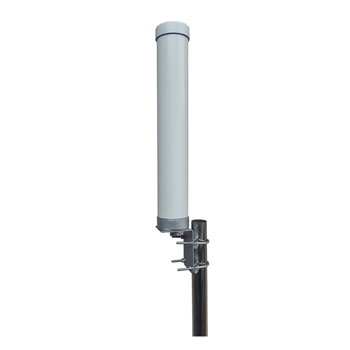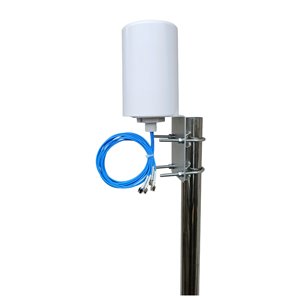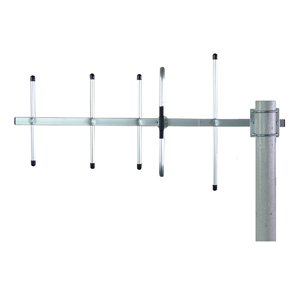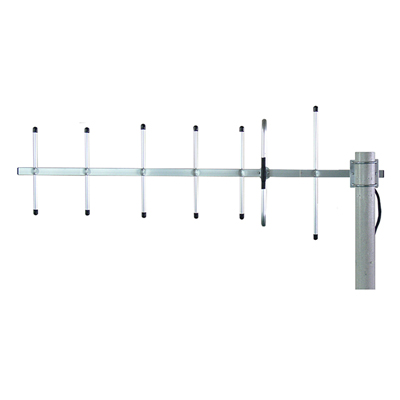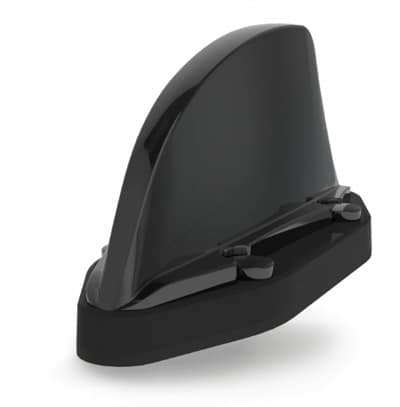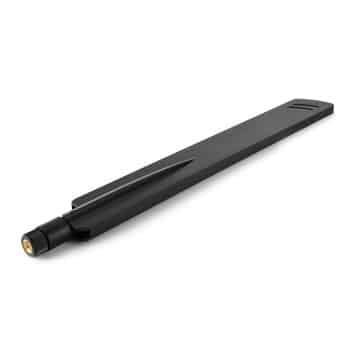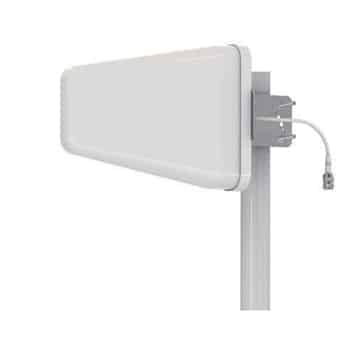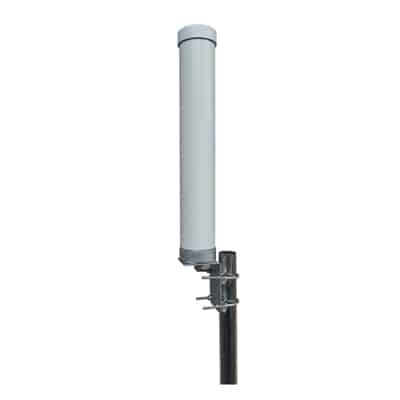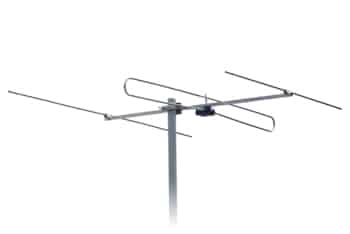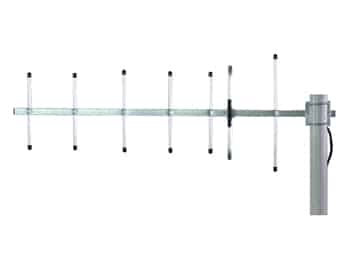
What is Motherboard WiFi Antenna: Ultimate Guide
A robust, reliable internet connection is more important than ever in today’s world, especially with the rise in IoT, online gaming, streaming, and remote work. Wi-Fi is the most reliable choice since it offers flexibility and reduces the wired network chaos, even though traditional wired connections are used. In order to provide efficient wireless communication while reducing the distance between your device and the internet, a motherboard WiFi antenna is important. A motherboard antenna is a Wi-Fi antenna that is installed on a computer’s motherboard to send and receive data packets using radio waves. It converts radio frequency (RF) waves into electrical signals, or vice versa, which allows wireless devices to communicate. Everything you need to know about motherboard Wi-Fi antennas will be covered in this article, including types, features, advantages, signal strength variables, design considerations, instructions for installation, compatibility, and user experiences. Through the knowledge of these factors, you can make well-informed choices to maximize the

